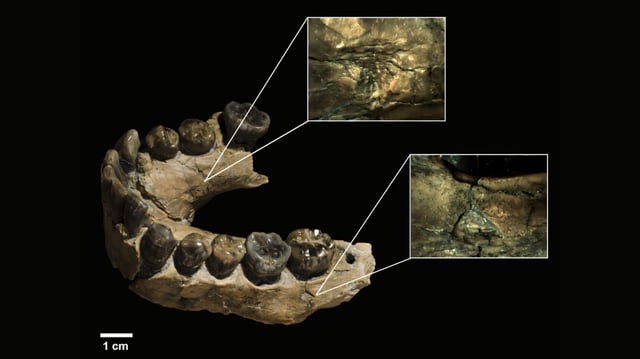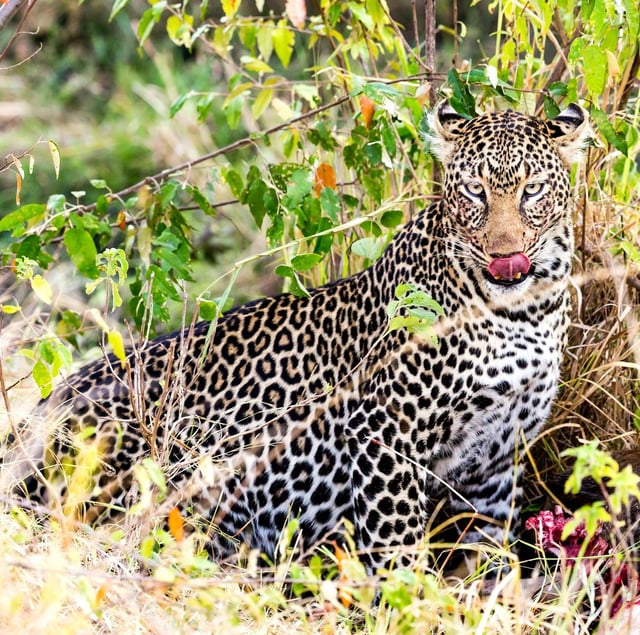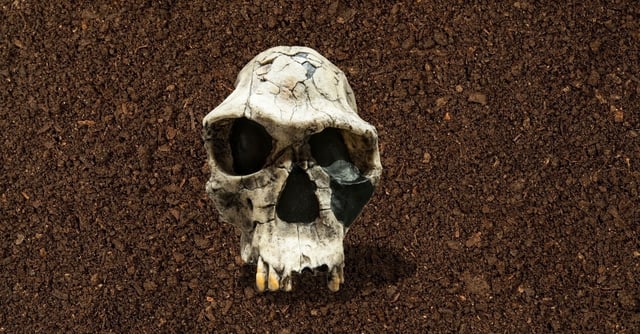Overview
- Researchers at the University of Alcalá used machine learning to classify tooth marks on two Olduvai Gorge fossils as leopard-made with over 90% probability.
- The AI was trained on 1,496 images of bite marks from modern carnivores such as leopards, lions, crocodiles, wolves, and hyenas before assessing the fossils.
- The analyzed specimens, OH 7 and OH 65, show triangular tooth pits consistent with felids, including bites on the OH 7 mandible and parietal bones and similar facial marks on OH 65.
- Authors interpret the marks as evidence of active predation, suggesting these H. habilis individuals were prey rather than dominant hunters at that time.
- The study, published in the Annals of the New York Academy of Sciences, cautions that conclusions rest on two individuals and calls for larger samples and independent tests, with implications for which hominins wielded early stone tools.


